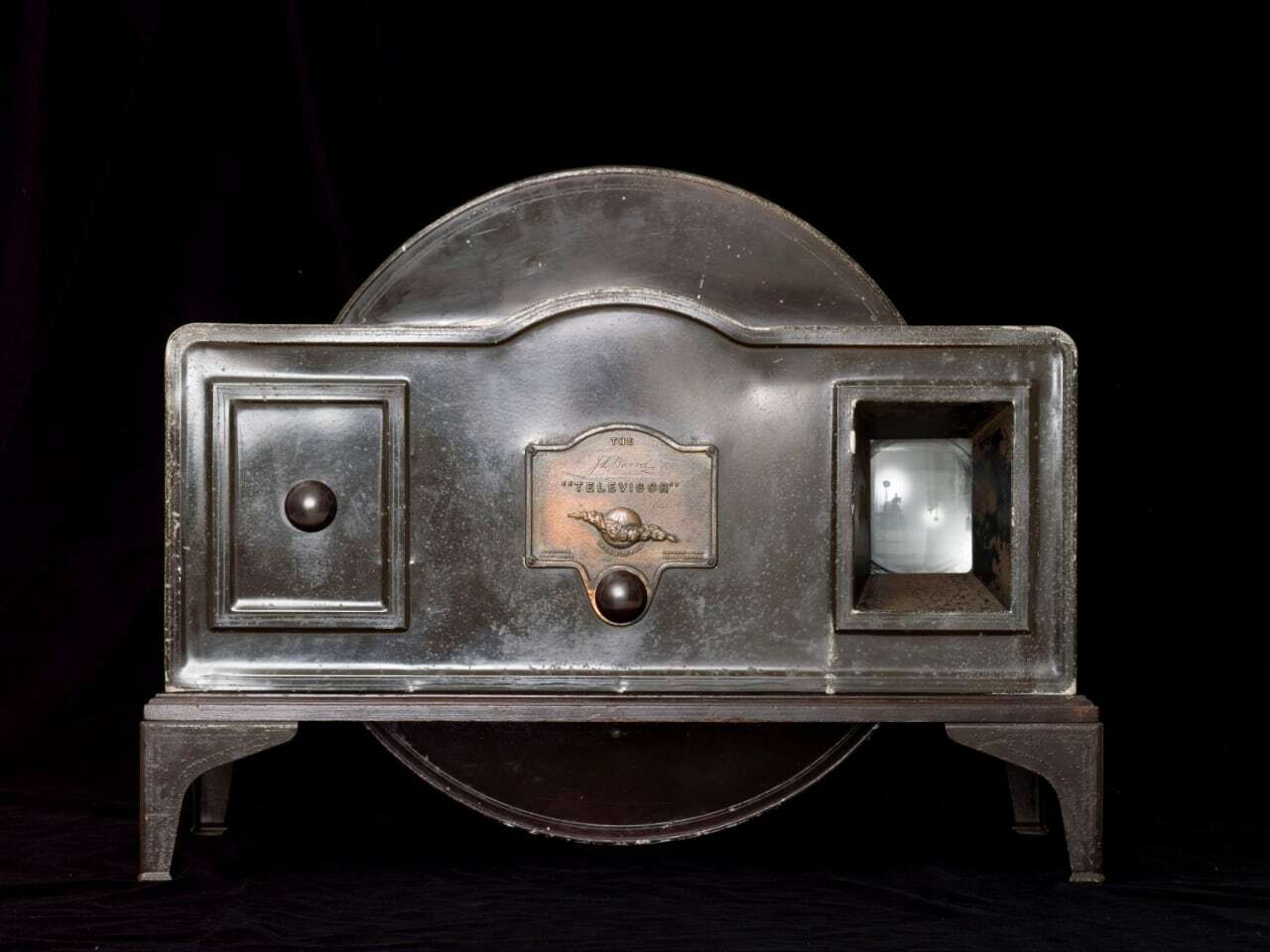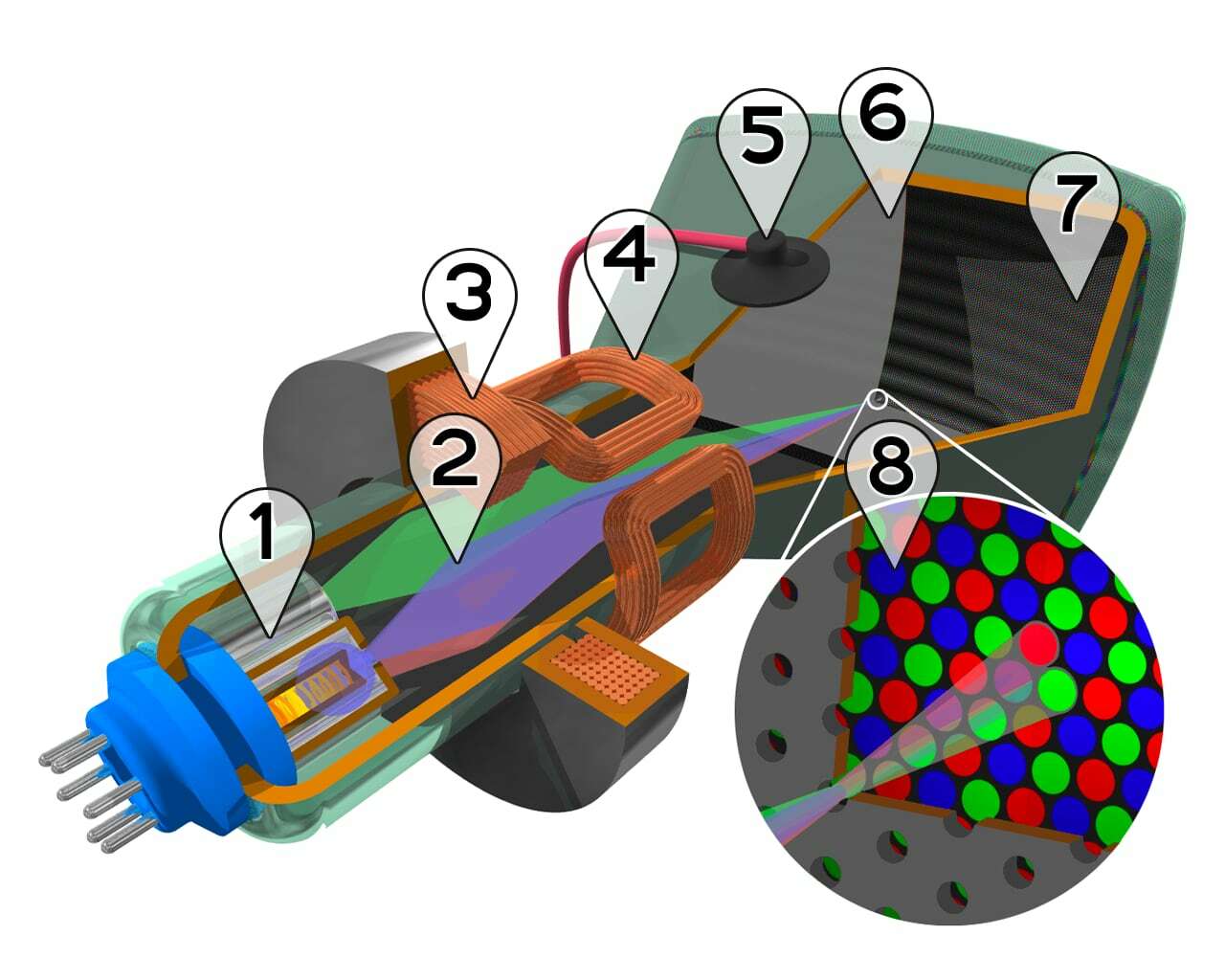No keyword
Then, already in the 20th century, the Scotsman John Baird was puzzled by the transmission of the image. His idea was simple, like everything ingenious – two disks rotate synchronously in different places, only one scans the picture, and the other reproduces it. The reproducing device used a radio tube instead of a photoelectric cell. Brad’s efforts were successful, and in 1923 he received a patent.
And already in 1928 Baird released the first commercial device – Ze TV. It’s not a joke that you. Really – The Television. Such a healthy box, with a huge disk and a screen comparable in size to a telephone receiver. Watching such a TV was more like peeping through a keyhole. Nevertheless, https://jiji.ng/cars/mercedes_benz-m-class they were on sale (the price was 26 pounds and it was a lot of money, about $4500 in current prices). And they even broadcast something on these TVs (the daytime broadcast lasted only 30 minutes in the morning, as a rule, these were musical performances). By the way, in October 2017, a perfectly preserved copy of The Televisor was sold at Bonhams auction for 21,250 pounds.

Mechanical televisions did not live long and were rather the first experiments of mankind in transmitting television broadcasts. They were expensive, but there was really nothing to see yet. And the 30-line picture was monochrome. They simply did not live up to the advent of regular television broadcasts around the world.
It is believed that the first TV set in the USSR was KVN, but this TV set was created as an experiment at the radio factory of the Comintern in 1932.
This TV was developed in 1932 in Canada (surprising to see this country among the world’s technological leaders, isn’t it?)
A 1929 Visionette TV model. Produced by Western Television in Chicago. In total, about 300 pieces were produced.
A beam that is deflected by an electromagnetic field and causes a glow in the place of its impact, is anything faster than even the fastest disk. Even the Nipkow disk. The same series of inventions that we have already talked about led to the fact that in 1923 the cathode ray tube appeared, which became the basis of televisions.
The electron beam hits the phosphor coating, which begins to glow from the hit of electrons. A rapidly moving dot with variable brightness line by line creates an image on the screen.

For a little less than a century, pipes and boxes ruled the roost. They increased in diagonals, became almost completely flat. By the way, in 2007, LG Electronics introduced the flattest CRT TV in the world – LG Ultra Slim 21FU1R. But cathode ray tubes had a lot of shortcomings due to the very principle of operation. The screens of old TVs flickered – the frequency was no more than 75 Hz. They emitted – electromagnetic and ionizing radiation.
One way or another, the main complaint about CRT TVs was the size. More specifically, the aspect ratio. Do you want a big screen? You are welcome. That’s just the screen diagonal will be comparable to the depth of the device. A box is a box. And with a small diagonal, television had little chance against the “ancient cinematograph”. A technological war for dimensions has begun. At some point, all TVs began to be called flat, in which the depth was less than the height.

Although today it is already history, but TVs with kinescopes have constantly evolved and improved, improving both their appearance and the image.
